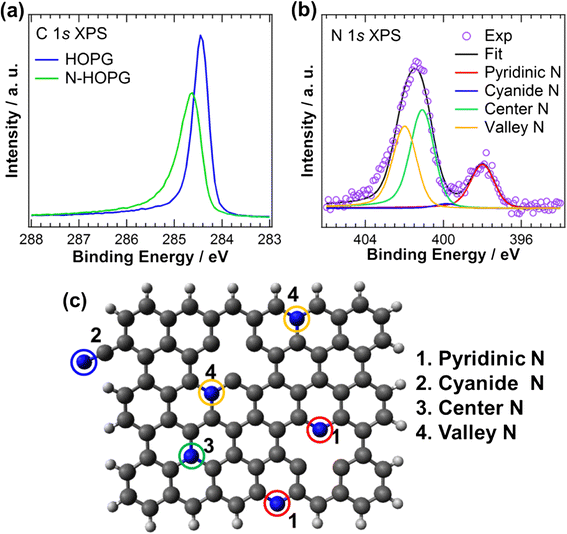

Cu powder identification using XPS analysis Wide scan analysis Therefore, defective product has a lower level of metallic Fe and an increased level of oxidized Fe. The high-resolution XPS analysis shows the binding states of the elements of interest. Stainless surface corrosion? (Narrow scan XPS analysis) For instance, The bad sample has a much higher level of Fe at the surface, relative to Cr or Ni, compared to the good sample. The survey XPS analysis shows the types of elements present on the sample surface and the concentration of each element. Stainless surface corrosion (wide scan XPS analysis) In most destructive depth profiling, chemical state information is not available because changes to the chemistry often occur during sputtering. In non-destructive depth profiling, chemical states can be determined. These two steps are repeated until the final required depth of XPS analysis is achieved.Īpplication: Measurement of elemental composition with respect to depth. For destructive depth profiling of depths up to a few microns the sample is first examined with narrow energy ranges and is then ion sputtered to remove the desired amount of material. For non-destructive depth profiling of the outer ~10-20 nm is examined by tilting the sample to modify the sampling depth. In this mode narrow energy ranges are scanned. To get more detailed chemical state information, XPS Analysis uses narrow energy ranges that scan under high energy resolution conditions.Īpplication: Identify chemical state from detailed peak position and peak shape (it is typically necessary to firs confirm which elements are present by doing a survey XPS analysis, for instance. High resolution XPS analysis (narrow energy range) In other words, an application for identification and quantification of elements present on a surface. Survey XPS analysis (wide energy range)Įxcept for H and He, XPS scans the entire energy range to present. In addition, since the binding energy of elements varies slightly depending on their bonding state (and their chemical environment), information such as whether an element exists as a compound (and what kind) can be obtained from the amount of energy shift (chemical shift) at the photoelectron peak position.įor examples of applications that make it easy to understand what XPS Analysis can do. Φ is the work function of the spectrometerĮlemental analysis becomes possible by measuring the kinetic energy of photoelectrons. The energy of the X-rays (hν), the kinetic energy of the emitted electrons (KE), and the binding energy (BE) of the electrons are related as follows: Each orbital level of each element has a specific energy level and hence a specific binding energy required to remove the electron from the atom.


 0 kommentar(er)
0 kommentar(er)
